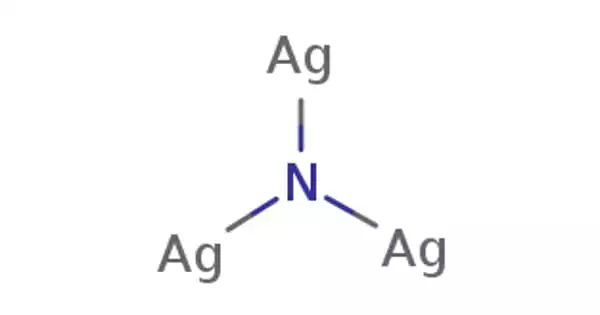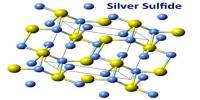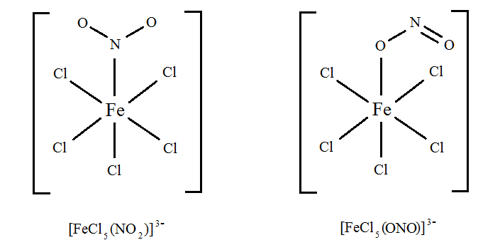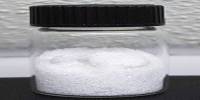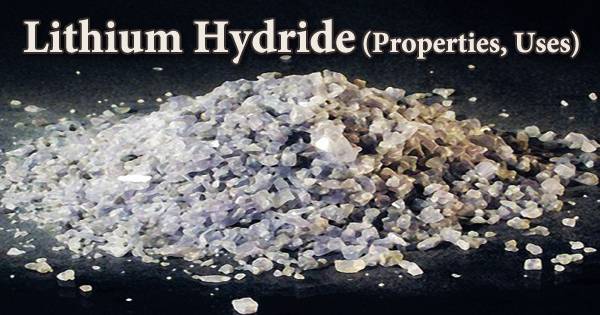Silver nitride, abbreviated Ag3N, is a highly explosive chemical compound. It is a black, metallic-looking solid formed when silver oxide or silver nitrate is dissolved in concentrated ammonia solutions, resulting in the formation of the diamine silver complex, which then degrades to Ag3N. Because of its ionic nature, this compound dissolves easily in water and dissociates into its constituent ions. The compound’s standard free energy is approximately +315 kJ/mol, making it an endothermic compound that decomposes explosively to metallic silver and nitrogen gas.
Silver nitride was previously known as fulminating silver, but this can be confused with silver fulminate or silver azide, two other compounds with the same name. Fulminate and azide compounds do not form from ammoniacal Ag2O solutions. Claude Louis Berthollet, a French chemist, invented fulminating silver in 1788.
Properties
Silver nitride is poorly soluble in water but decomposes in mineral acids; decomposition in concentrated acids is explosive. It also decomposes slowly in the air at room temperature and explodes when heated to 165 °C.
Uses
Silver nitride has numerous applications in fields such as biology, chemical synthesis, and medicine. Because the nitrate ion can be replaced by other ligands that can bind to the silver ion, it is a very versatile compound. This compound is used in the production of photographic films due to its ability to form a precipitate of silver halides when exposed to halide ions.
Hazards
During experiments involving silver compounds and ammonia, silver nitride is frequently produced inadvertently, resulting in unexpected detonations. The formation of silver nitride is dependent on the concentration of ammonia in the solution.
When dry, silver nitride becomes more dangerous; dry silver nitride is a contact explosive that can detonate with the slightest touch, even a falling water droplet. It is also explosive when wet, albeit to a lesser extent, and explosions do not spread well in wet deposits of the compound. Undetonated Ag3 N deposits will lose sensitivity over time due to their long-term instability.
Silver nitride can appear on container walls as black crystals, grains, crusts, or mirrorlike deposits. Suspect deposits can be dissolved by adding dilute ammonia or concentrated ammonium carbonate solution, which eliminates the explosion risk.
